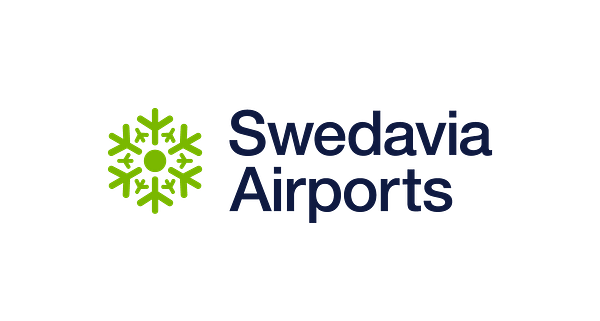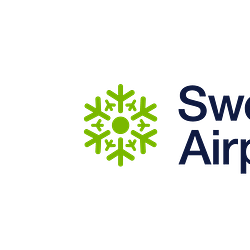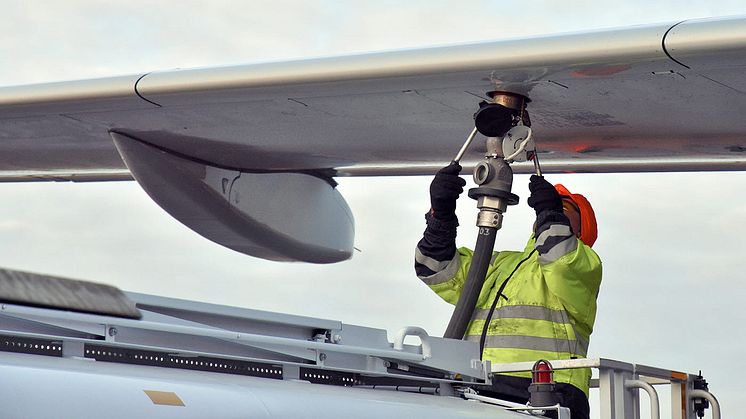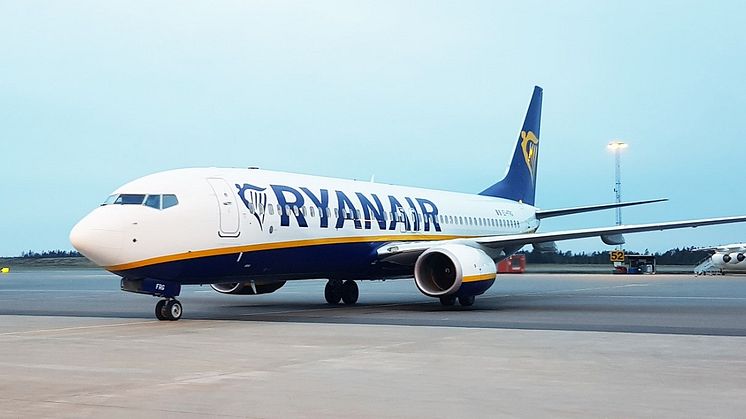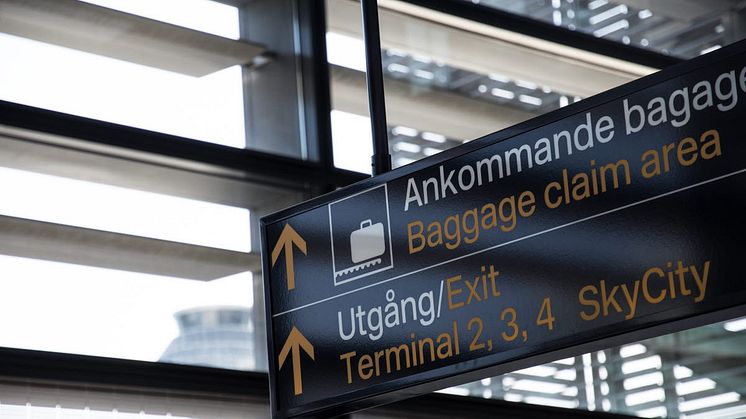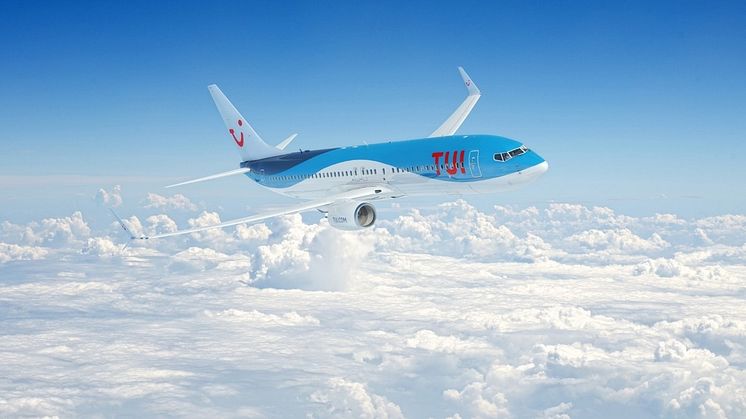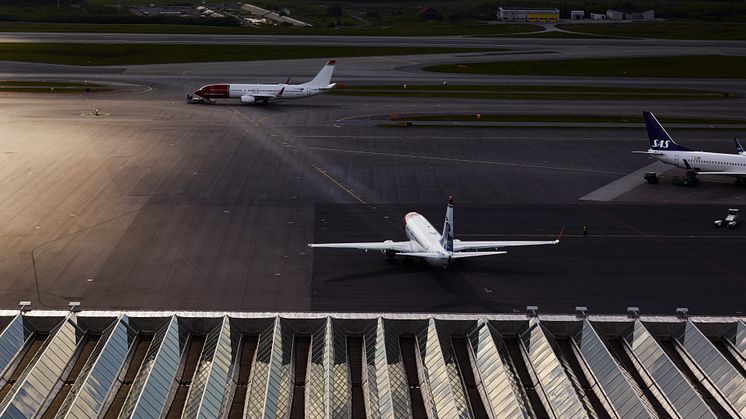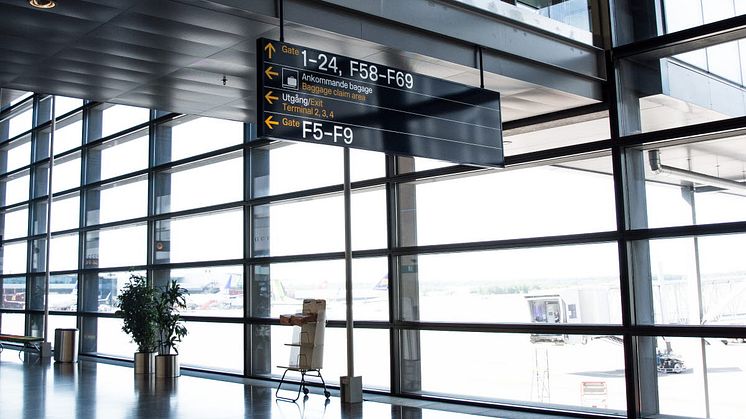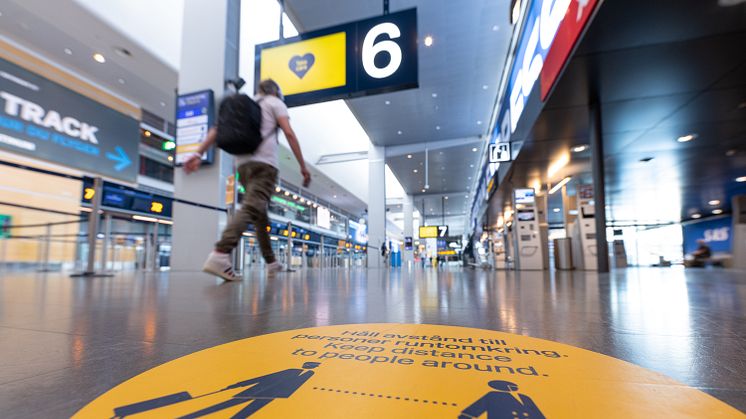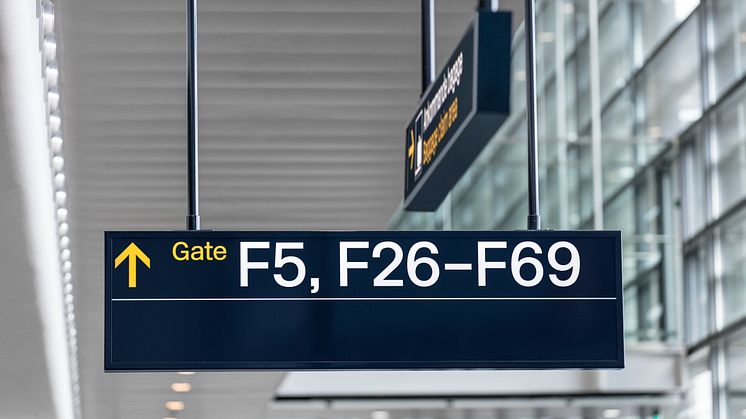
Press release -
Swedavia’s traffic statistics for September 2020
During September, 643,000 passengers flew via Swedavia’s ten airports, a decrease of 83 per cent compared to 3,678,000 passengers during the same month last year. Domestic travel decreased to a lesser extent than international travel, but the recovery stagnated during the month and demand for flights remained at historically low levels as a result of the Covid-19 pandemic.
Of the total 643,000 passengers in September, 369,000 were international passengers, a decrease of 86 per cent compared to 2,553,000 during the same month last year. Domestic travel in September decreased to a lesser extent, with a decline of 76 per cent or 274,000 passengers, compared to 1,125,000 domestic passengers last year during the same month.
“During the summer months, we saw a cautious recovery in air traffic, but the trend stagnated in September, with weak demand in both business and leisure travel. Because of uncertainty about restrictions and the development of the pandemic, there continues to be great uncertainty about how air traffic will develop over the months ahead and when the recovery can restart,” says Jonas Abrahamsson, Swedavia’s president and CEO.
“This great uncertainty means challenges for a long time to come for Swedish connectivity, for the Swedish tourism sector and for all industries that depend on air travel,” says Jonas Abrahamsson.
At Stockholm Arlanda Airport, Sweden’s largest airport, air travel decreased 83 per cent to 403,000 passengers in September compared to the same month in 2019. At Göteborg Landvetter Airport, Sweden’s second largest airport, air travel decreased 85 per cent to 95,000 passengers in September. Bromma Stockholm Airport was the airport that saw the greatest decrease in passenger volume both in September and during the period January-September, with a decrease of 91 per cent and 75 per cent respectively.
At Swedavia’s regional airports, the number of passengers decreased between 67 per cent and 83 per cent to a total of 126,000 passengers. Luleå Airport was the airport that did best both during September and over the past nine-month period, with a decrease of 67 per cent and 61 per cent respectively.
Traffic statistics for Swedavia’s airports are available (in Swedish) under “Om Swedavia/Statistik”: https://www.swedavia.se/om-swedavia/statistik/.
More information about the measures Swedavia has taken for our passengers is available at www.swedavia.se. See, for instance: https://www.swedavia.com/arlanda/coronavirus-health-measures/.
For many years, Swedavia has carried out ambitious sustainability work. All ten of its airports shall have zero emissions of fossil carbon dioxide from their own operations by the end of 2020. Swedavia also works actively to promote the industry’s transition to sustainable aviation fuel and has the goal that five per cent of all fuel used to refuel aircraft at Swedish airports shall be fossil-free by 2025. Since 2016, Swedavia buys renewable aviation fuel equivalent to that used for the company’s business travel, about 450 tonnes of fuel each year.
For further information, please contact Swedavia’s press office at tel. +46 (0)10-109 01 00 or press@swedavia.se.
Topics
Categories
Swedavia is a State-owned group that owns, operates and develops ten airports across Sweden. Our role is to create the access Sweden needs to facilitate travel, business and meetings – in Sweden, in Europe and around the world. Safe, satisfied passengers are the foundation of our business. Swedavia is a world leader in developing airports with the least possible environmental impact. The Group has revenue of over 6.2 billion Swedish kronor and some 3,000 employees.
